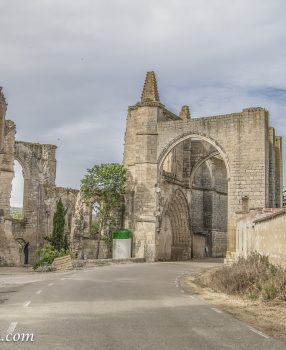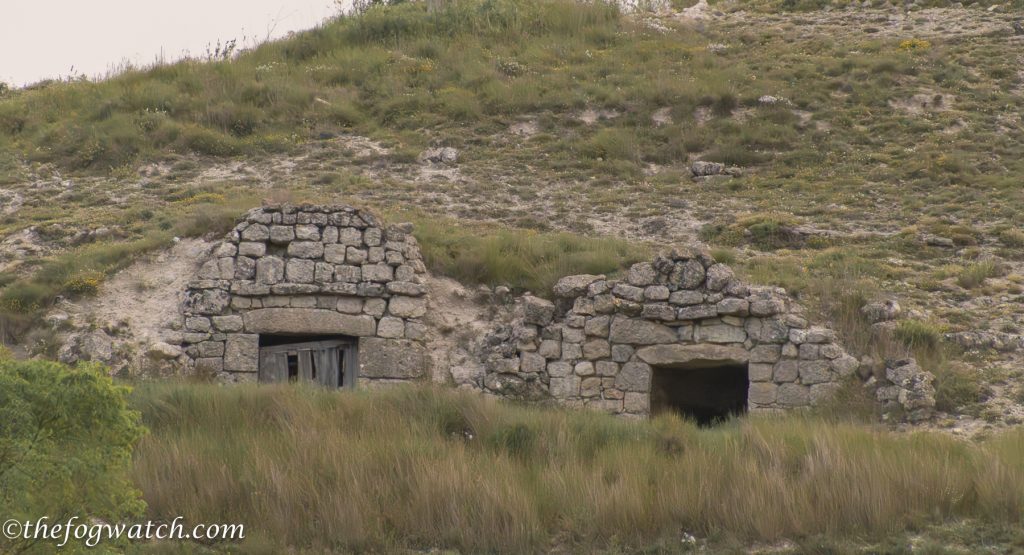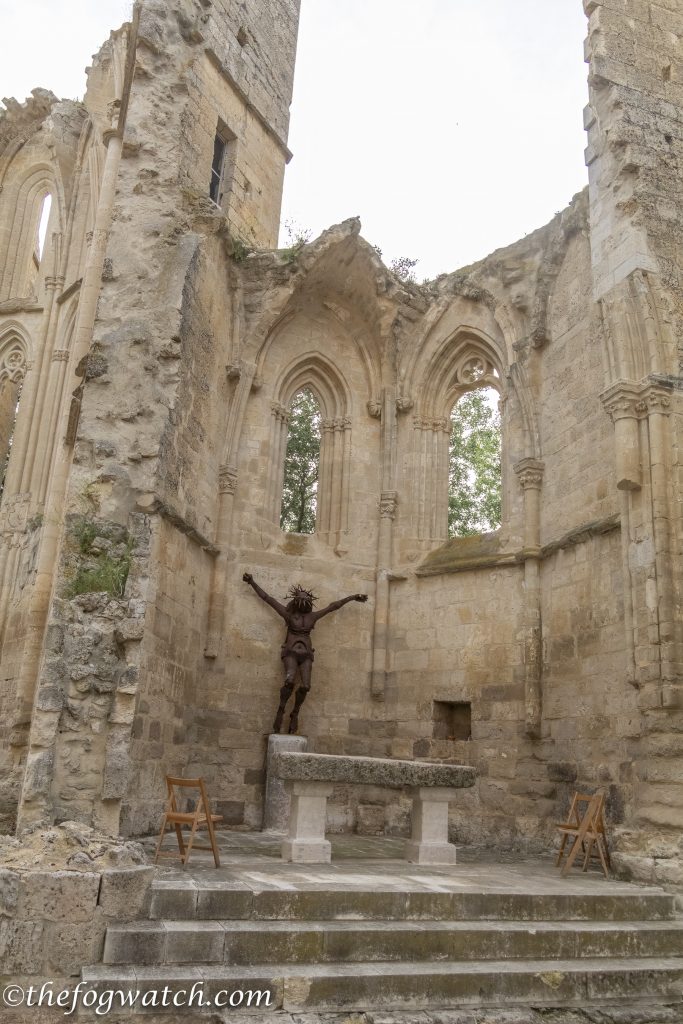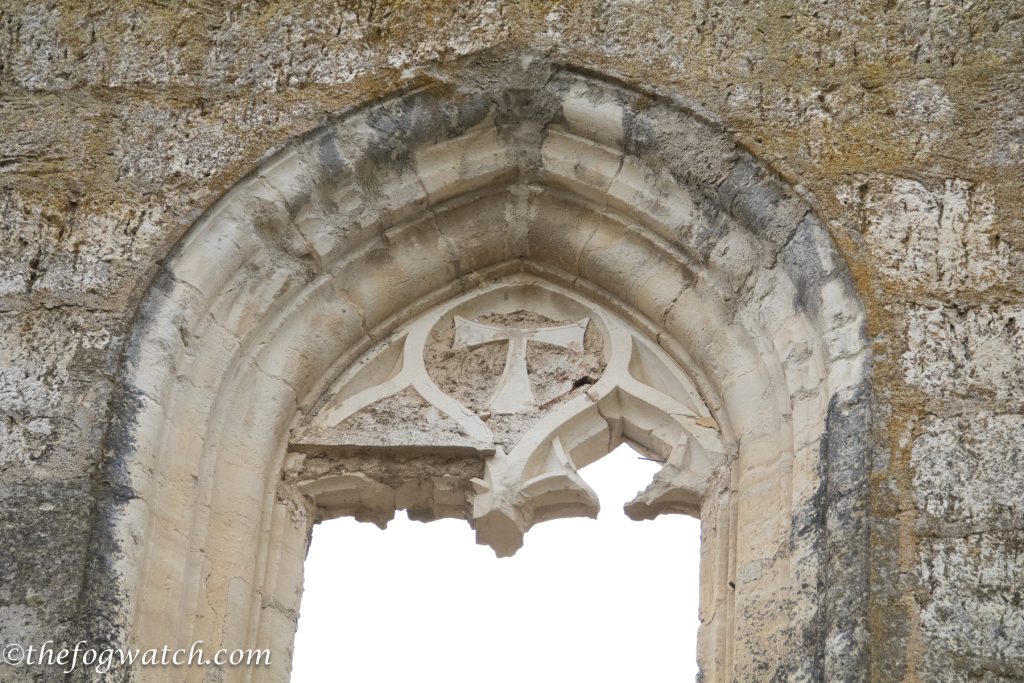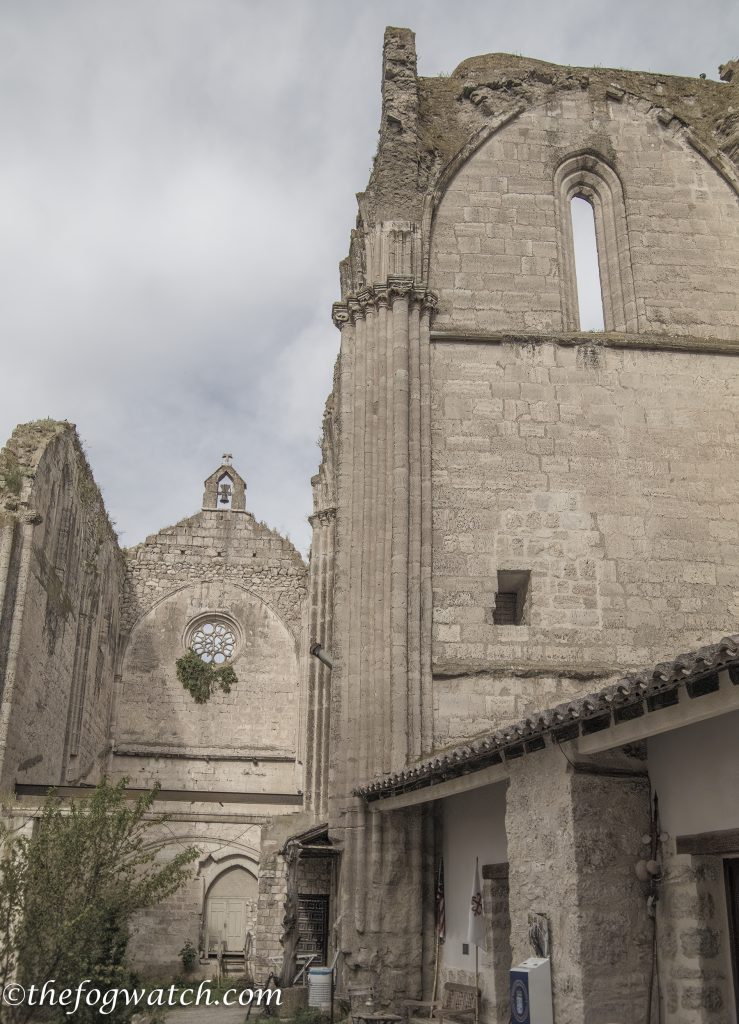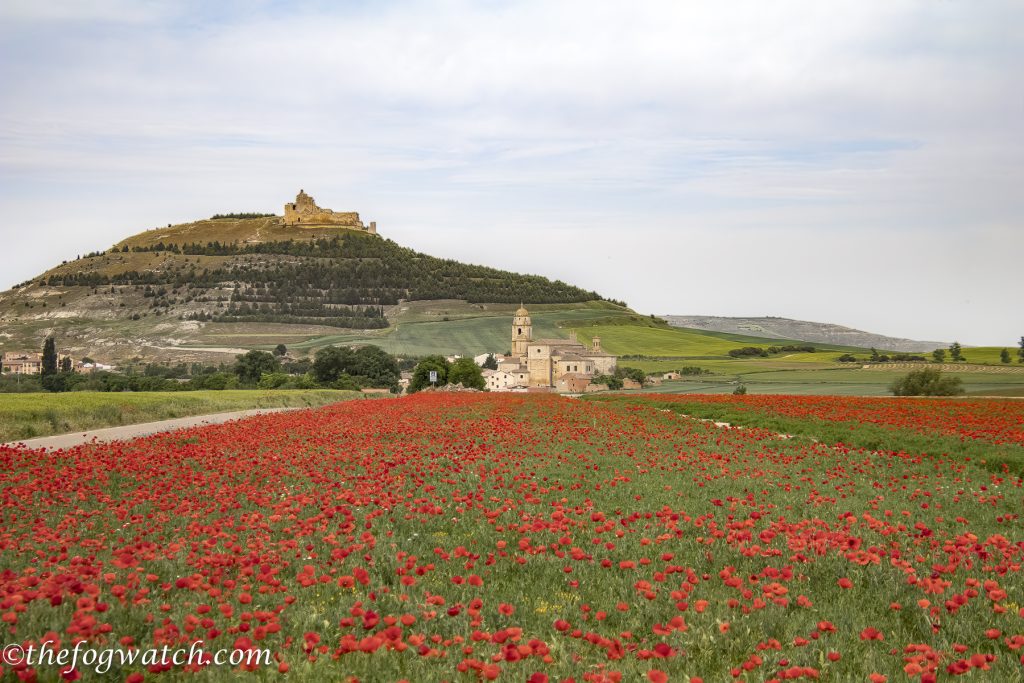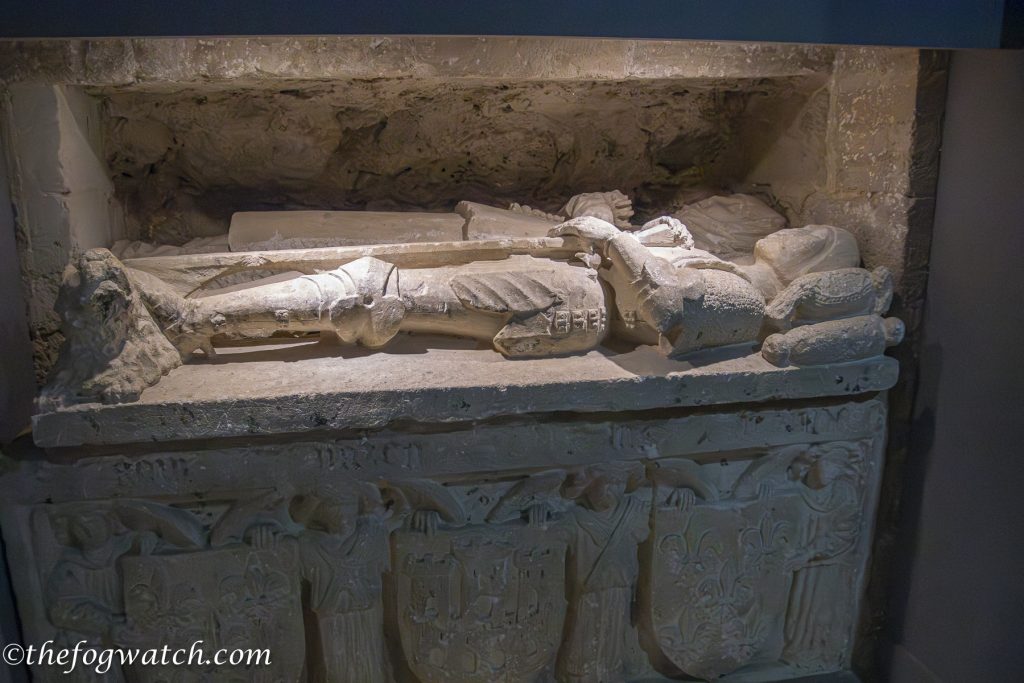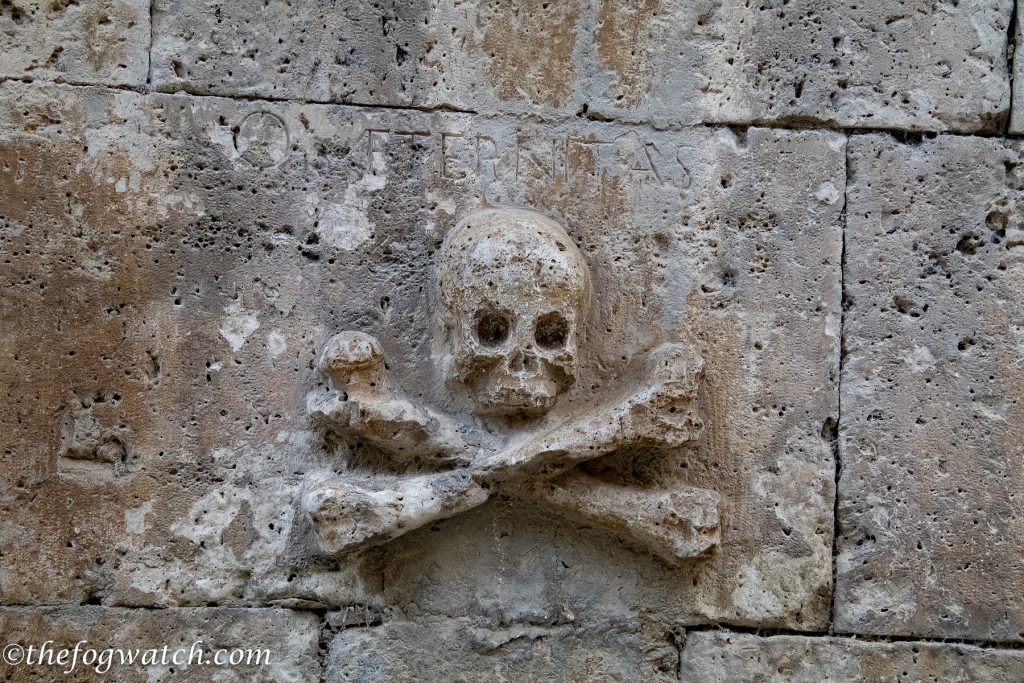Castrojeriz beckons! Sometimes you just wake up naturally and full of energy. Today was one of those days. The cool change had come in and by 6.30 we were up and ready to face the day. The track was generally good with undulations, rather than hills. So we maintained a good pace to the rhythm of the poles and the steady footfalls.
Wild thyme grew by the side of the path next to the wheat or barley crop that waved in the gentle breeze like ripples on water. I love the patterns they make, quite mesmerising in the absence of other distractions. Looking out across towards the rocky outcrops at the far edge of the paddock, there was a pair of farmers’ storm shelters. It was built like a stone igloo with a cave-like entrance. It would be a good refuge from the storms and hail that sometimes come through this area of the Meseta. There are no trees to shelter beneath.
San Anton
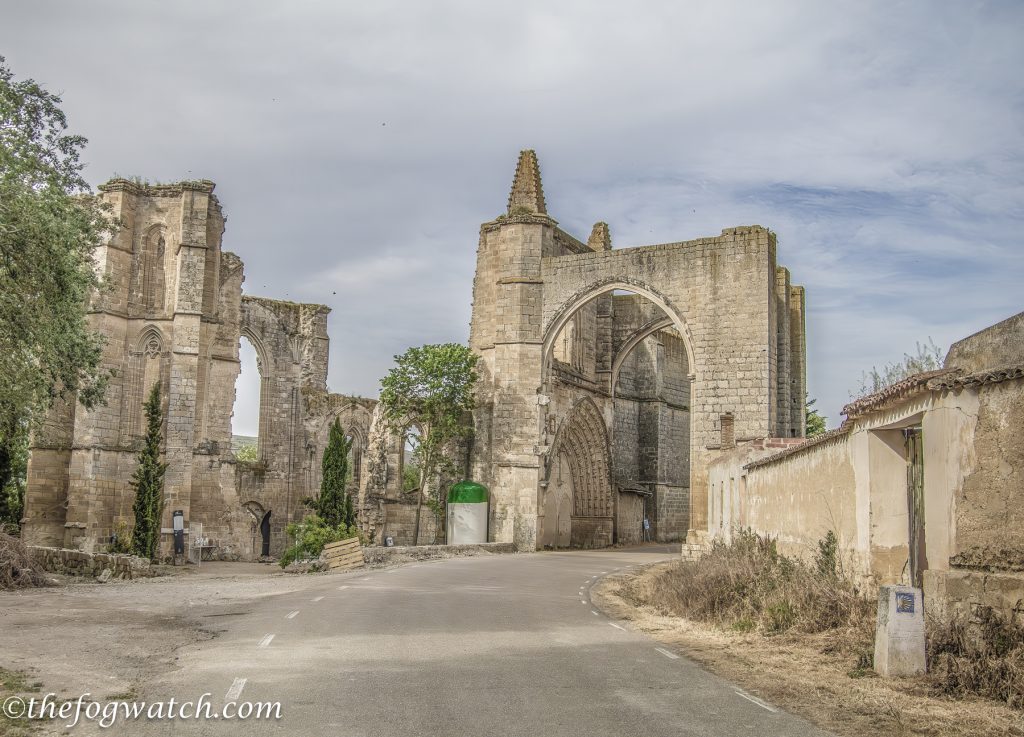
At length, we could see the iconic ruins of San Anton in the distance. It’s a place with a deep history and that iconic arch that spans across the road. Last time, we walked along the road. But this time we approached via a track that ran parallel to the road until we were there. The Camino is always changing, yet somehow remains familiar.
We stopped in to rest, replenish our water and explored the ruins a little further. There is a donativo (donation-based) albergue there, but our destination lay ahead in Castrojeriz a few kilometres further on.
San Anton reflected its 900-year history. It was originally built as a fortress for the monks of San Anton. The order was an armed wing of the church during the Reconquista, much like the Templars and Hospitallers. They provided refuge and protection for pilgrims — especially sufferers of a strange disease known as St Anthony’s Fire. This was a type of ergotism caused by a fungus afflicting rye at certain times of the year. St Anthony was said to have cured those afflicted with this disease.
At that time, the monks grew their own food — it was a self-sustaining community. So those who arrived suffering from St Anthony’s Fire were given protection and of course, untainted food. So after a few days, the symptoms would diminish and then disappear. Perhaps St Anthony intervened. Or perhaps a diet untainted by ergot enabled the patient’s own bodily resources provided the cure. Either way, the monastery at San Anton prospered from the donations of grateful pilgrims.
San Anthony’s Fire
San Anthony’s Fire was a dreadful disease with symptoms including spasms, convulsions, itching, nausea and hallucinations. The circulation slowed and extremities were at risk of gangrene. So how did pilgrimage help? By setting off on a pilgrimage to an Antonine hospital, the walking increased circulation, and the Antonines made their bread with wheat, rather than rye, so it was untainted by the fungus. Thus with good diet and exercise, the patient was often restored to health.
The monks prepared a special medicine with wine and herbs. And then the silver reliquary with San Annton’s arm was dipped into the potion. It sounds a bit gruesome. But perhaps the rubbing of silver against the potion’s vessel provided silver nanoparticles now known to kill bacteria. It seems to have been effective both ingested and applied to the affected limbs.
St Francis of Assis
St Francis of Assisi stopped here on his pilgrimage to Santiago. And subsequently also adopted the Tau symbol for his order — which Franciscans still wear on their habits.
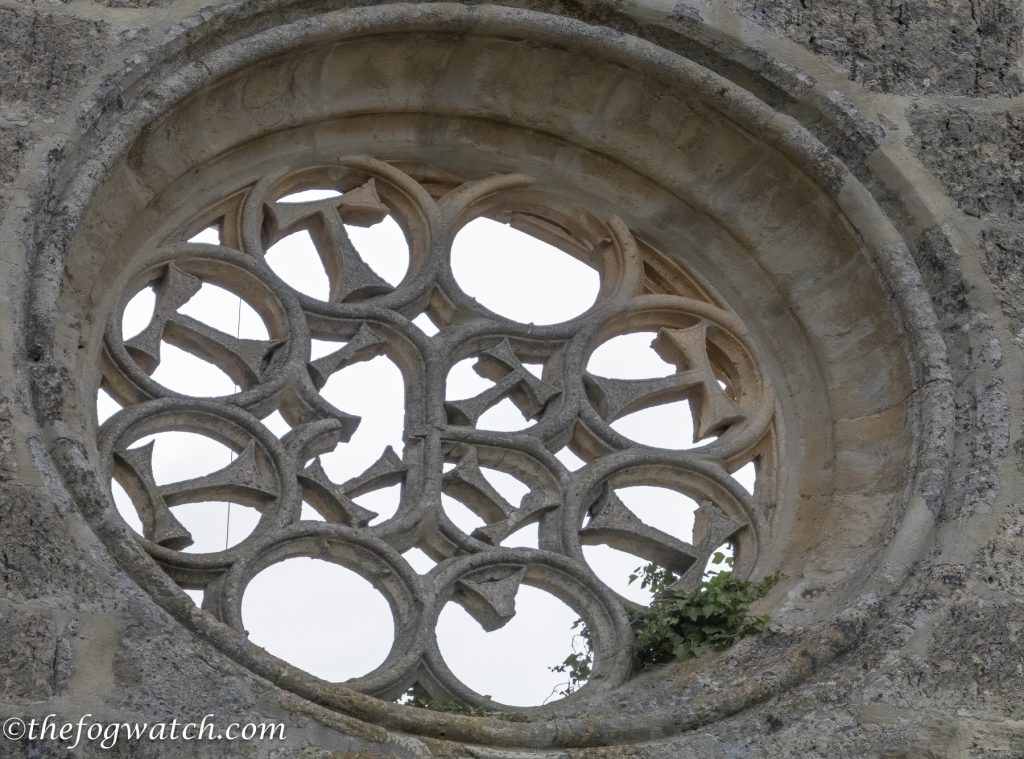
All around the monastery, you can still see the Tau symbol in the window tracery and on the walls. The Greek letter Tau was adopted as the symbol for St Anthony as he was born in Middle Egypt around 250 AD after the late Ptolemaic period when Egypt had been under Greek rule. He lived to be 105 years old, dying in 356 AD. The Tau has long been associated with Egypt, and it also can be found on the walls of early Christian catacombs.
The Monastery and traditions
The monastery we see was established in 1146 by King Alfonso VII and took 300 years to complete. It was known as El Convento de Padres de San Anton Abad.
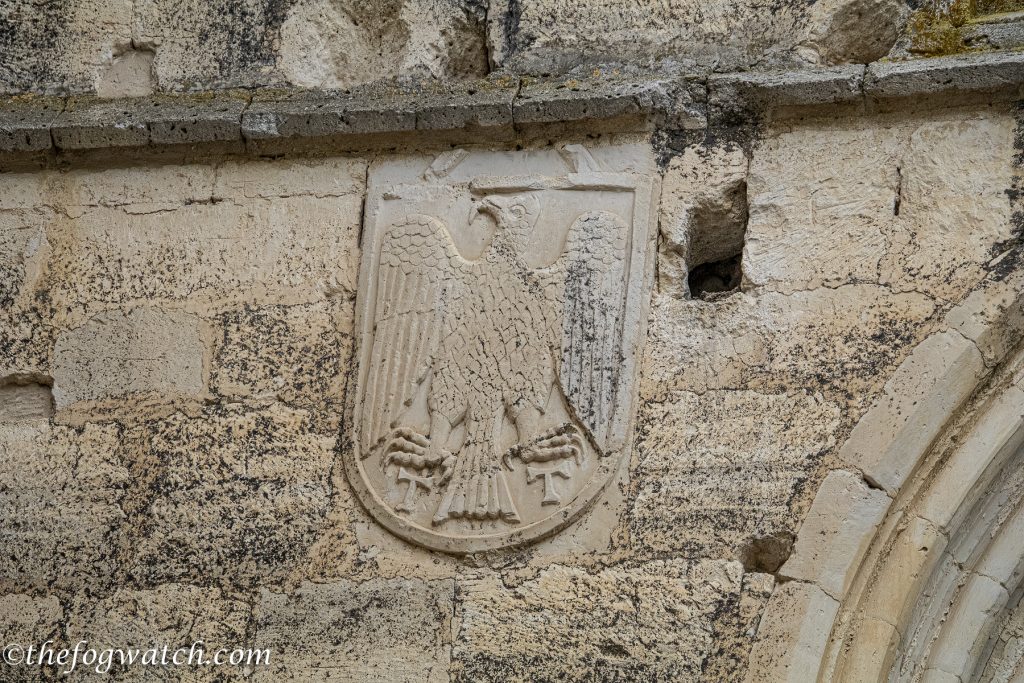
Tradition has it that each night the monastery sent out a bellringer to call in pilgrims still on the road. And then the gates would be closed and locked. But niches with hatches were built into the outside of the walls so that anyone arriving after the gates were locked could be provided with bread and wine to sustain them until they reached Castrojeriz. Today, they often leave out jugs of cold water in hot weather for passing pilgrims.
The establishment of royal hospitals in Burgos and León, along with corruption within the order, led to the decline of the Antonine order, and in 1787 Pope Pius VI declared the order disbanded and the remaining monks were incorporated into the Hospitallers, otherwise known as the Knights of Malta. The properties of the order were handed over to King Carlos III, and the treasures were disbursed.
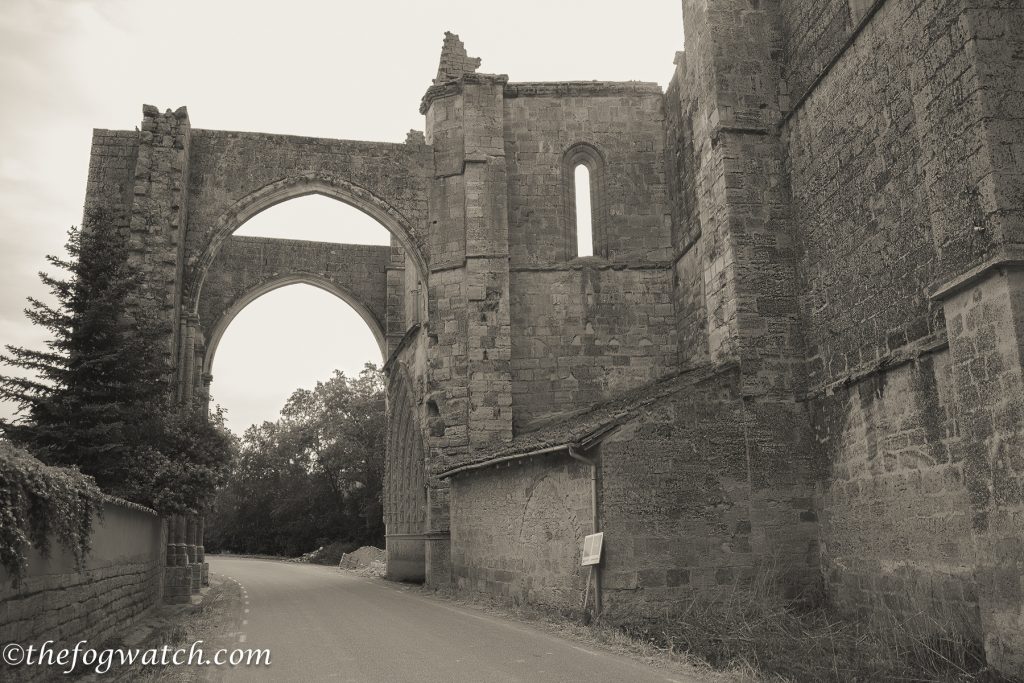
There’s no bar/cafe there, and the donativo albergue established in 2002 has a great reputation for its atmosphere and authentic medieval feel — we hope to stay there on our next Camino — it is one of the few that has no power or hot water, yet embodies so much of the community spirit that is the Camino.
Castrojeriz
Fields of poppies carpeted the landscape as we walked on towards Castrojeriz, and ahead of us we could see the dome-capped C17th church of Nuestra Señora de la Manzana (Our Lady of the Apple). The castle on the hill that dominates the surrounding landscape dates from the C9th. But the site is much older. As a strategic location, the area was occupied by the Romans, then the Christians, then the Moslems. And finally with the Reconquista, back into Christian hands. This is a region much fought over during the past two millennia.
In Roman times, the town was a fortified town castrum — a staging point for the Roman Army as they engaged the Cantabrians during the time of Octavian, known as Caesar Augustus — Rome’s first emperor.
I’ll come back to the Romans in due course, but they are the reason we have a road across the Meseta, and today’s path closely follows the old Roman road which became a major east-west trade route in the Middle Ages, providing a path and services for pilgrims through to today.
The town
The town today is spread out along the road, with two parts, a lower and upper town. We were told that as a defensive measure, the houses along the road were built with a tunnel running beneath, connecting the cellars of the houses. However, during the Civil War parts of the tunnel were sealed with concrete walls as the town became divided along partisan lines. The divisions remain today as families have long memories. I could imagine a Romeo and Juliet story being played out here — I’m sure there are many such tragic stories that remain untold here.
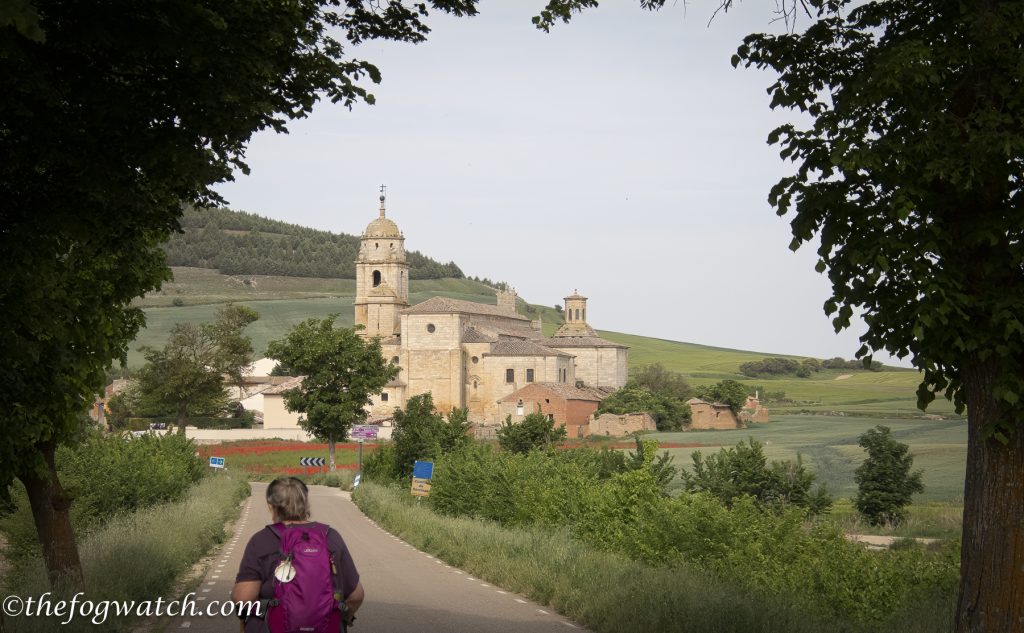
The church of Santo Domingo is well worth a visit. It houses the sepulchre of the Carrillo family — knights of Castille in the C14th and some excellent carvings and paintings, and of course a wonderful gilded retable above the altar. Some claimed relics of various saints, including an unidentified piece of bone from St Peter.
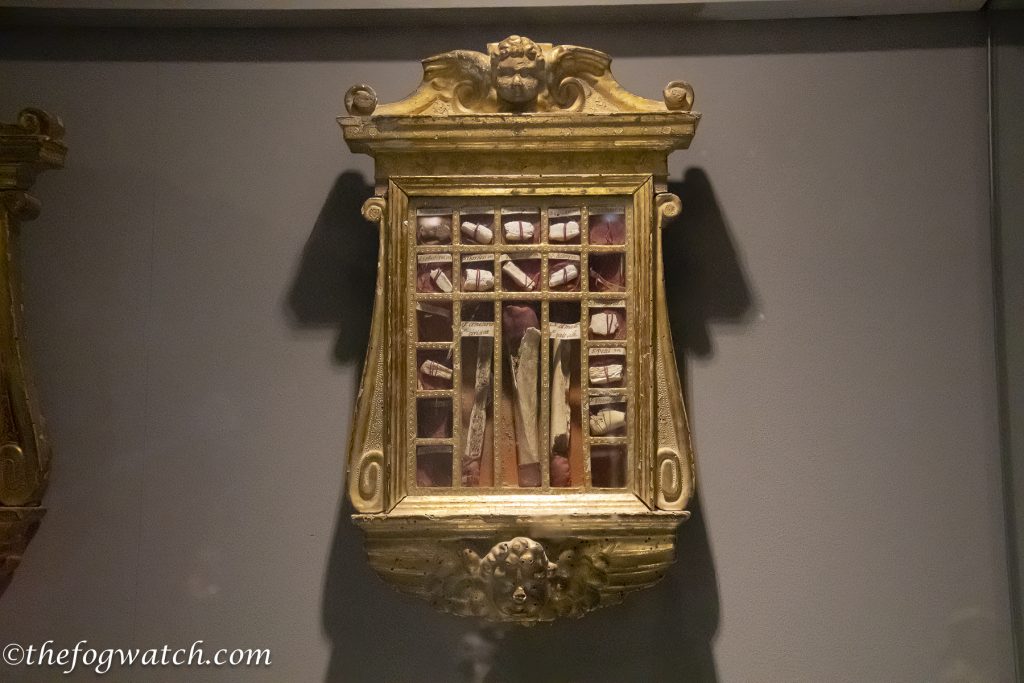
And there’s an osssary (or bone crypt) marked with a skull and cross bones proclaiming “Oh Death, Oh Eternity” which can be seen on the external wall of the church as you walk past. The bar opposite does a roaring trade in Tortilla de patatas and a pretty decent cafe con leche.
From Hontanas we went out into the Meseta with its wild mountain thyme, before exploring the ancient monastery of San Anton that was said to cure St Anthony’s burning disease, and on to a town that shelters beneath a C10th castle in Castrojeriz, thus showing that even on the lonely Meseta each day holds something special!

